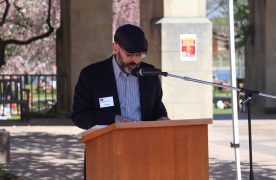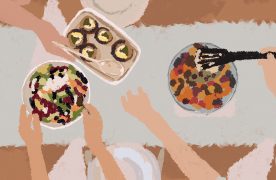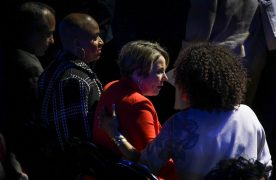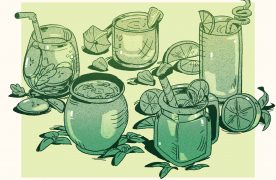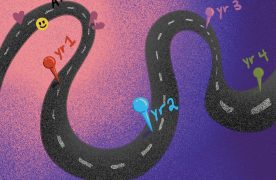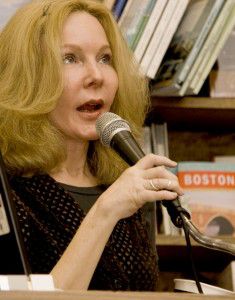
New Yorker reporter Katherine Boo said there were things she “didn’t want to remember” when reporting for her book on a slum in India.
The book, “Behind Beautiful Forevers: Life, Death, and Hope in a Mumbai Undercity,” chronicles the lives of residents of Annawadi, a slum next to the Mumbai airport.
To write the work, which she discussed at the Harvard Book Store on Wednesday, Boo said she spent three years in the area collecting written notes, photographs, audiotapes and videotapes.
Boo said the harsh living conditions described in the book posed a major reporting challenge for her.
“I could not have possibly lasted a week in Annawadi if I didn’t have somewhere [else] to go,” she said. “I just wasn’t physically capable.”
Boo is known for her reporting on issues including poverty, social and economic equality and policy in the U.S.
Her husband, who she met in 2001, was born in Delhi. After meeting him and spending time in Indian cities, she decided to report on Mumbai, a city where 60 percent of residents live in slums.
“[Mumbai] was the city I knew best,” she said. “One of the great megacities of the world. [The experience] was incredibly diverse. It was intense.”
Boo described herself as a slow worker who spent a great deal of time familiarizing her self with the residents and letting them grow comfortable with her.
Most of them, she said, responded well to the book, which was released simultaneously in India and in the U.S.
“[People] know the things about them that make them look imperfect,” she said. “I don’t go in and say ‘I want to be your friend.’ I say I’m a writer . . . By the end of the process there’s no great shock.”
Boo said because the residents became comfortable with her, it was not uncommon for her to hand off her camera to the children, who were able to reach places and document areas that Boo could not access.
“The children began to see that this was a tool that they could use,” she said.
Boo said being close to her subjects made the writing process very emotional.
“There were things I didn’t want to remember. Things I did not want to go back to,” she said. “It’s difficult to be balanced in this kind of work. I can’t do the work that I do and then come to the Harvard Book Store then give a talk.”
The turnout for Boo’s lecture overflowed from the cleared space into the rest of the bookstore, leaving many observers standing for her reading and the subsequent discussion.
Sarah Testa, who just completed a master’s degree in journalism at Boston University, came because her professor, Robert Manoff, used Boo’s article “The Marriage Cure” in class.
“He used it always,” Testa said. “We kind of dissected it all the time, and I heard about this and decided to go.”
Testa attended with her employer and former BU journalism professor Mark Kramer, who recently reviewed Boo’s book in the Star Tribune in Minnesota.
“She’s got a vibrant individual voice that makes you feel you’ve got a friend on the scene even though there’s not a first person pronoun in [the book],” Kramer said of Boo.
There were also attendees from outside the industry. Aditi Hazra, an assistant professor of medicine at the Harvard Medical School, came because a colleague recommended it.
“I thought it was provocative, insightful,” she said. “She’s a gifted writer.”
This is an account occasionally used by the Daily Free Press editors to post archived posts from previous iterations of the site or otherwise for special circumstance publications. See authorship info on the byline at the top of the page.







